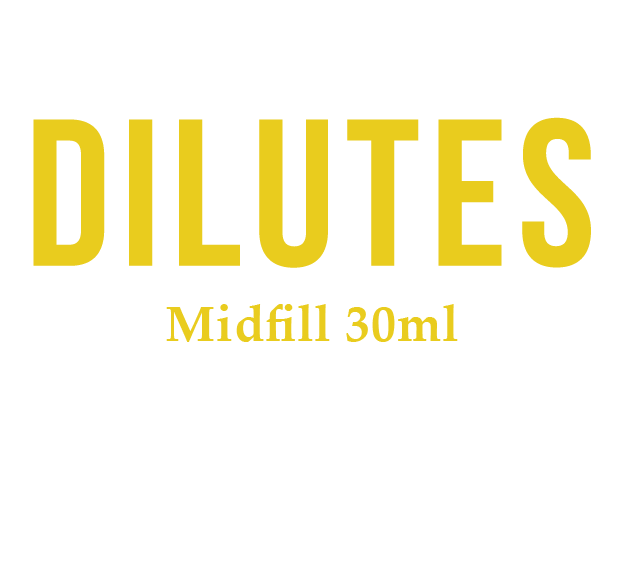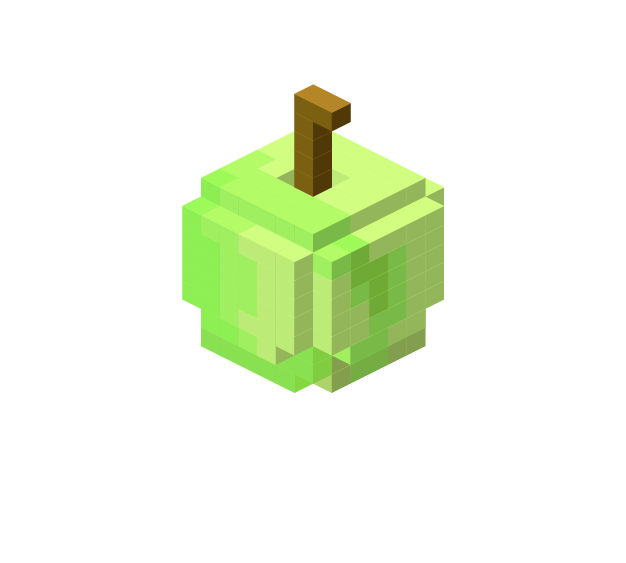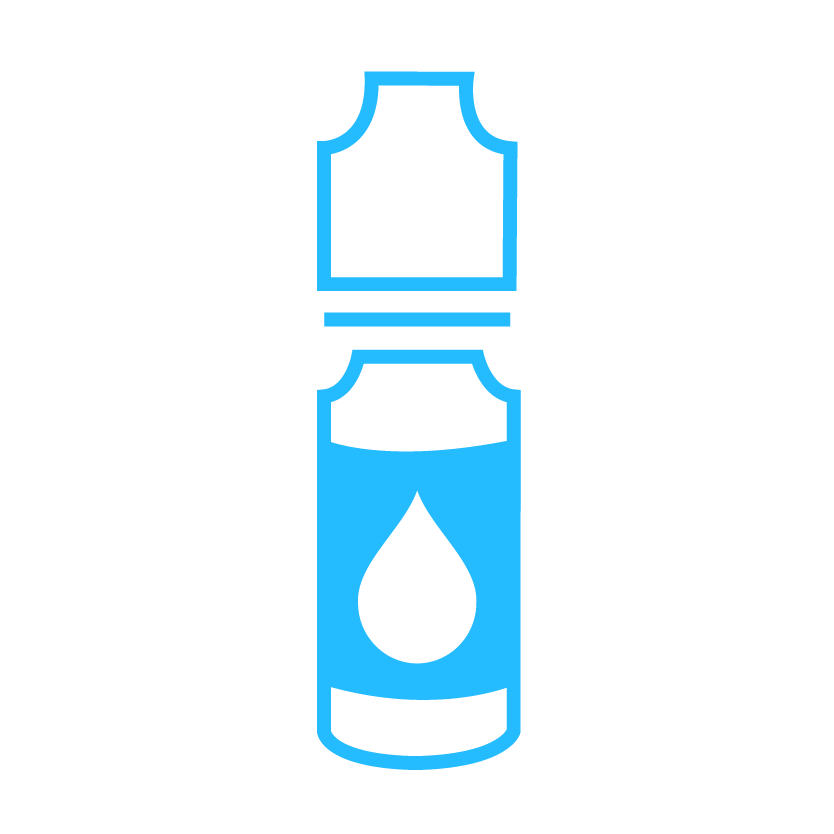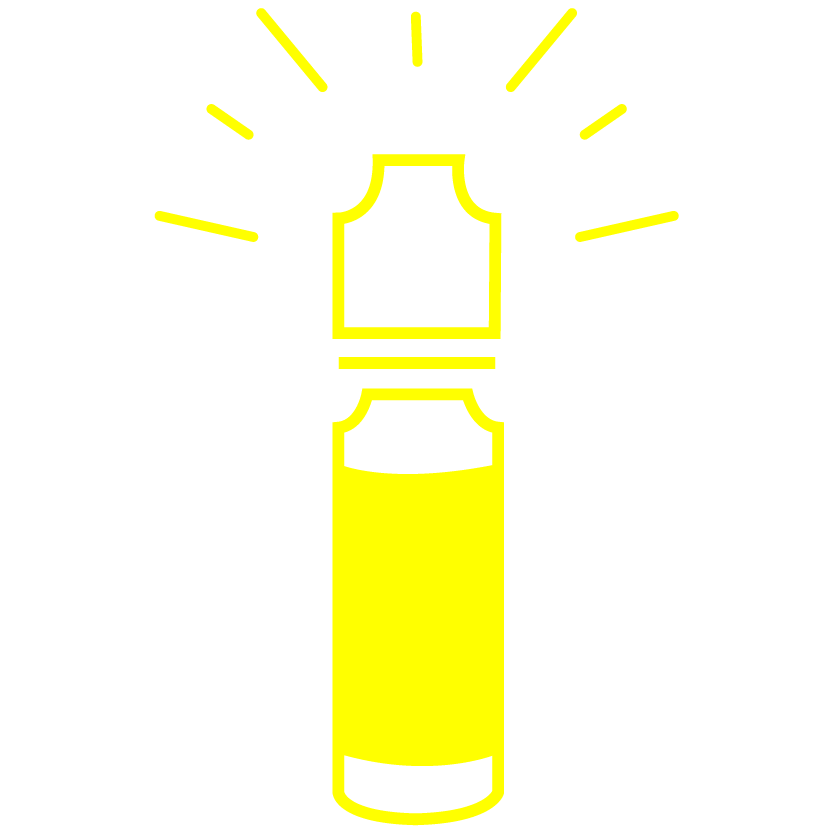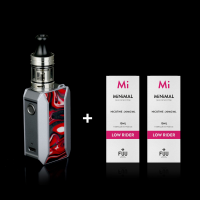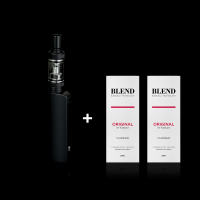If you are here, it’s because you are interested in electronic cigarettes as a means of smoking cessation. We support your efforts to quit smoking and we’ll stay by your side if there are any points that need to be clarified, or if you need advice. Do not hesitate to contact us !
These few pieces of information should allow you to familiarize yourself with the world of vaping and to discover how an electronic cigarette works.
An electronic cigarette is always made up of 2 elements: a battery and a tank.
It’s in the tank that we put the e-liquid. Inside the tank is a resistor. When you press the button, the resistance heats up and vaporizes the e-liquid.
- The battery: This is the power source for your e-cigarette. It can be cylindrical, rectangular, etc. (A rectangular battery is called a “box”). The batteries have different capacities, that is to say they will have a greater or lesser autonomy. The battery capacity is expressed in mAh (milliamps per hour).
Some batteries allow you to adjust the power delivered. This feature allows you to produce more or less steam.
- The reservoir: This is the part in which you put the e-liquid. The tanks can have different sizes, diameters etc. (We can also call them Clearomizers or Atomizers). The reservoir contains a resistance, which allows the e-liquid to vaporize as it heats up. The resistance is a wearing part, it will have to be changed regularly.
The tank may have an adjustable "airflow", which will allow you to adjust the airflow, for a rather tight or airy inhalation.
Most batteries and tanks have standard “510” connectors, which makes them compatible with each other. It is therefore possible, for example, to use different tanks on the same battery.
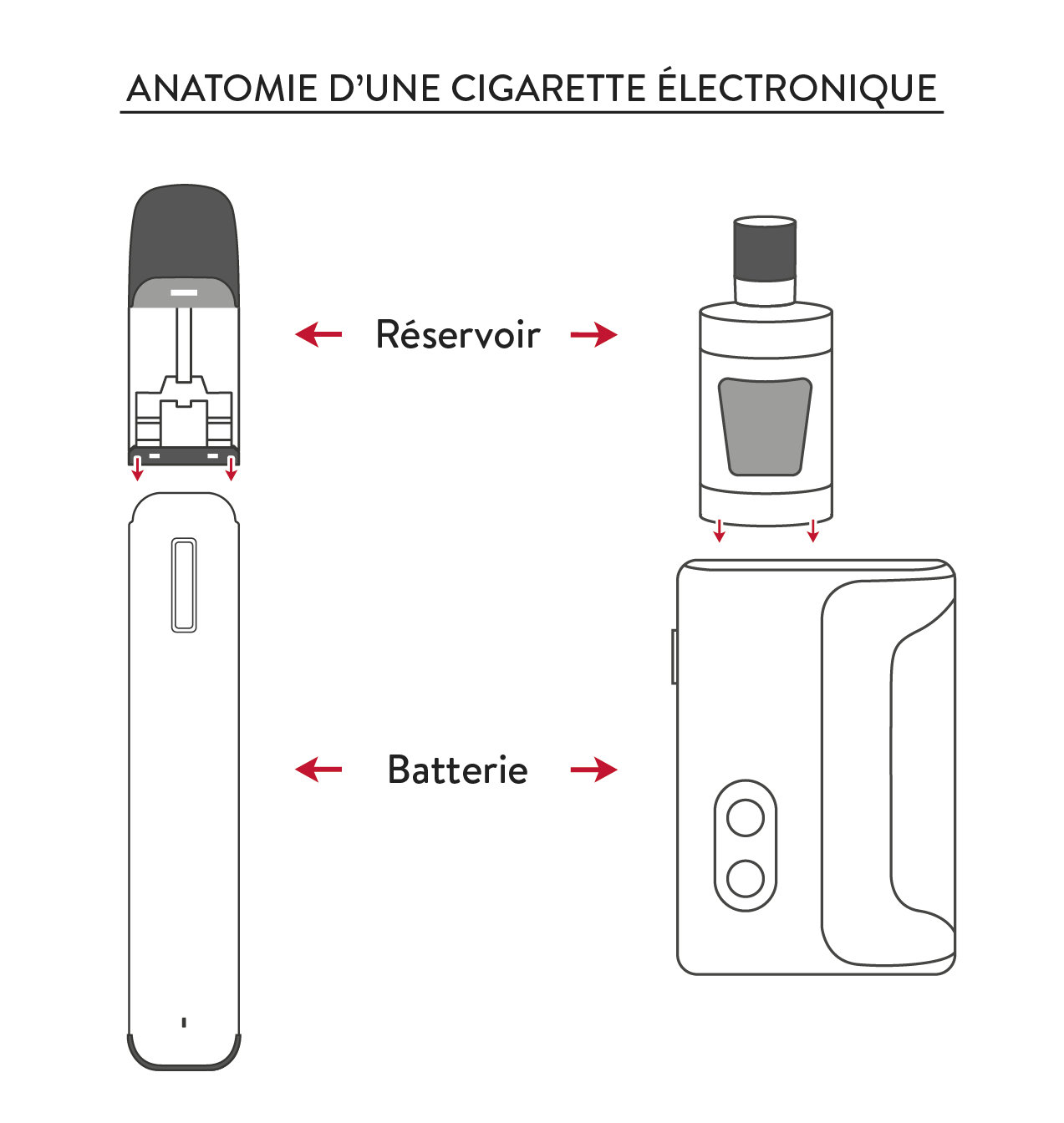
Some precisions :
There are 2 types of vape:
- indirect vaping (or MTL, "mouth-to-lung", that is to say "mouth to lungs"). This type of vape is similar to what you are used to when you pull on a tobacco cigarette. It is simply a 2-step inhalation, first in the mouth and then in the lungs. We advise beginners to opt for this type of vape.
- direct vaping (or DL, "direct-to-lung", that is to say directly into the lungs). This type of vape is similar to the puffs that you take on a “shisha” or “hookah”. This is a direct inhalation, to the full lungs.
The choice of tank will therefore depend on the use you want to make of it.
To find a sensation similar to a tobacco cigarette, we recommend a reservoir intended for indirect inhalation (MTL), and to adjust the airflow (air flow) fairly tight.
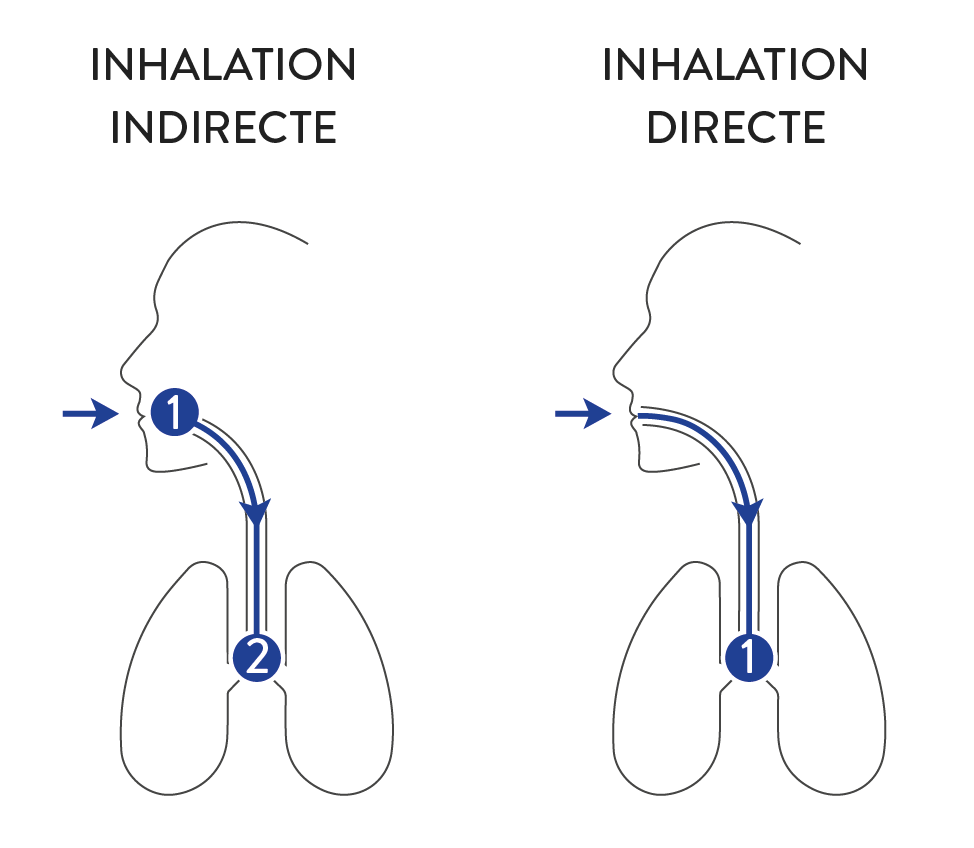
- Power: Electronic cigarettes can have very different powers. Power is expressed in Watts (W). The higher the power, the greater the quantity of steam is produced.
To start, we recommend a power between 8 and 15W.
- The value of the resistance: The resistors have different values. In general, several resistance values are available for the models of resistors compatible with your tank. The resistance value is expressed in Ohms (Ω). It is generally between 0.1 and 2 ohms.
In short, the resistance value indicates the power range at which you will be able to vape. The lower the value, the greater the power (in W) (and vice versa).
Example: A resistance value of 0.2 ohms will allow vaping at around 40-70W.
A resistance value of 1.5 ohms will allow you to vape at around 10-15W.
To start, we recommend a resistance value between 1 and 1.8ohms (which will allow you to vape at around 10W as seen above).
FYI, the term subohm is used to qualify a resistance value less than 1 ohm (<1Ω).
Common mistakes:
- Buy an electronic cigarette that is too powerful.
If you want to quit smoking, you don't have to buy a “steam engine” that makes huge clouds. Sure, it's fun, but rather useless from a smoking cessation perspective. This will very likely make you cough, have unreasonable eliquid intake, and you might put it aside quite quickly. This type of cigarette can be considered as a second step, once you get into the habit of vaping and you want to move on.
We advise beginners to opt for a model that is fairly simple and not too powerful.
NB. The batteries often offer quite a high maximum power, but since they are adjustable, they also allow you to vape at low power. The choice must rather be made on the tank, namely to opt for a model adapted to your needs (see above).
- Choosing a nicotine level that's too low.
The success of smoking cessation relies on nicotine satisfaction. In short, your brain needs to receive the information "that it has got its dose." The goal of the electronic cigarette, initially, is to deliver as much nicotine as necessary to avoid the “lack”. This nicotine intake should only be lowered when the desire for a tobacco cigarette no longer arises. There is therefore no point in lowering your rate until you have gone a long time without smoking tobacco cigarettes.
To quit smoking, the most effective level of nicotine is the highest you can withstand when going through your throat.
We advise beginners (more than 10 cigarettes per day) to choose a rate greater than or equal to 12 mg / ml.
NB. The higher the nicotine level, and the higher the power (in W), the more pronounced the sensation of passing through the throat.
Note on nicotine salts: nicotine salts are an alternative to “classic” nicotine (called “free,“ base ”or“ freebase ”). At the same level of nicotine, nicotine salts have the advantage of providing a feeling of passage in the throat (also called “hit”) less “marked”. This can allow heavy smokers, who cough with “classic” nicotine, to vape e-liquids with a high level of nicotine (eg 20mg / ml).
Introduction to the PG / VG ratio: The e-liquids are composed of Propylene Glycol (PG), Vegetable Glycerin (GV or VG), aromas and possibly nicotine.
These elements are in variable proportion in the e-liquid.
Some things to remember:
- the more the eliquid contains PG, the more fluid it is (and the more the “hit” - sensation of passing through the throat - is marked)
- the more VG e-liquid contains, the thicker it is (and the more vapor it produces).
Some reservoirs are not made to accept excessively thick e-liquids for example, and vice versa. Some tanks will tend to leak with excessively fluid e-liquids.
If in doubt, choose 50/50.
Also note that the ambient temperature also influences the viscosity of the e-liquid: the hotter it is, the more the e-liquid becomes fluid (and vice versa).
Introduction to Ohms / Watts / Volts concepts:
- Ohms (symbol Ω) are the unit of the resistance value.
- Watts (symbol W) are the unit of power produced by the ecigarette.
- Volts (symbol V) are the unit of voltage (“voltage”) that the battery delivers to the resistance.
These 3 concepts are closely linked, insofar as modifying one of these values will influence the others.
You can change Watts and Volts by adjusting your battery. You cannot modify the Ohms by an adjustment, you have to choose the value of the resistor that you will use when buying.
Namely: at the same voltage (for example 4 Volts), the lower the value in Ohms, the greater the power released in Watts.
NB. If the requested power (in W) is not suited to the resistance value (in Ω),
2 problems can arise: If the power (in W) requested is too high, you risk deteriorating the resistance and having a burnt taste. If the requested power (in W) is too low, it will work badly and you risk having "gurgling".
A few tips:
- Clean the battery and tank contacts regularly (using a tissue).
- Regularly clean the drip-tip (mouthpiece) using a tissue to remove excess condensation and any e-liquid splashes.
- Do not screw the tank too tightly on the battery to preserve the threads.
- Always switch off your e-cigarette when carrying it.
Enjoy your vape!
Some perfect setups to get started:
Justfog Q16 Pro Kit + BLEND e-liquid in 20mg / ml
Drag Baby Kit + MiNiMAL e-liquid in 20mg / ml
Meta desc: In this article, Fuu gives you a few pieces of information that should help you familiarize yourself with e-cigarettes, a way to quit smoking. We support your efforts to quit smoking.






















